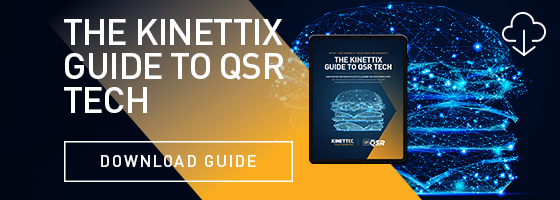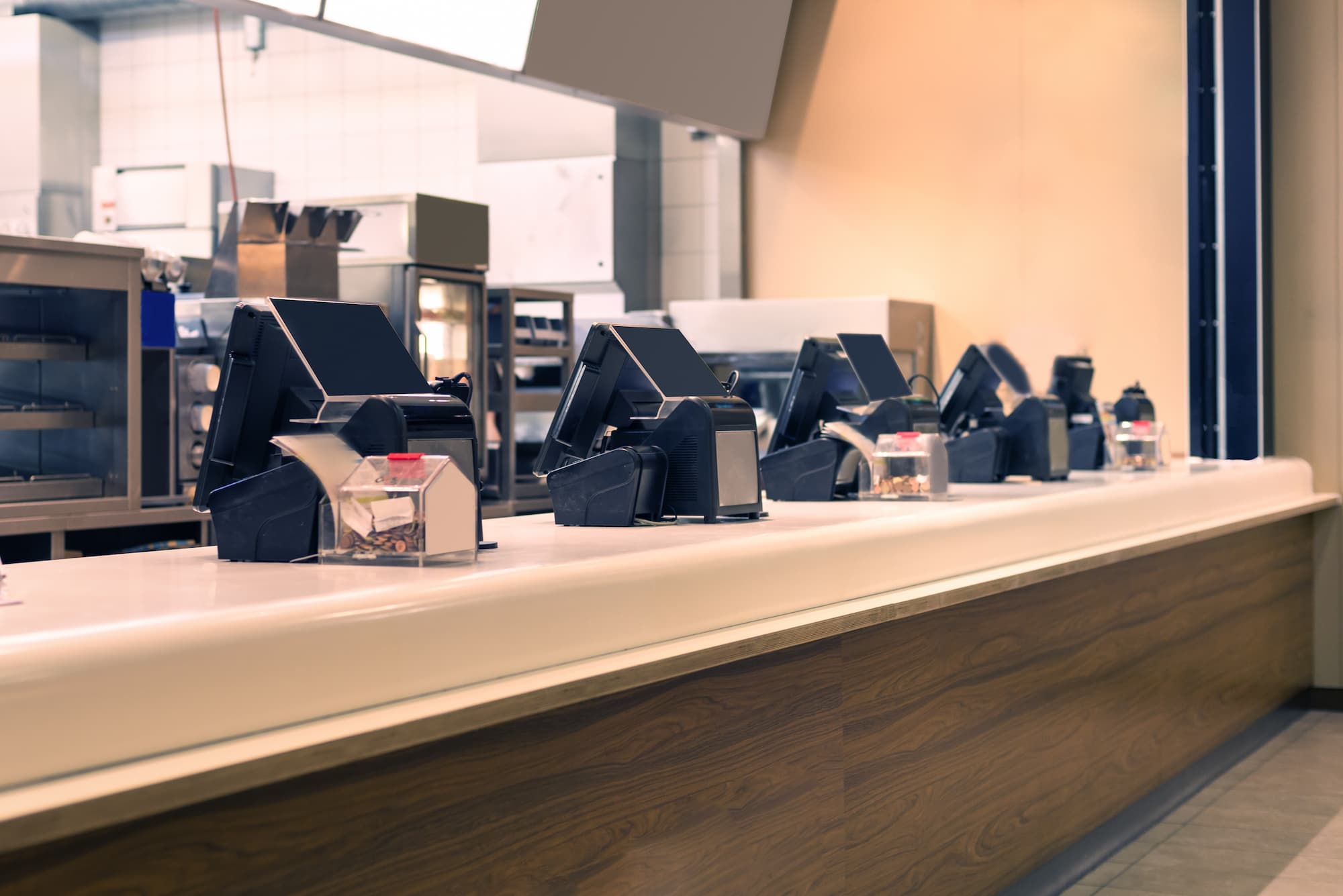As a restaurant IT vendor, your role requires a delicate balance. Some solutions and contracts are nearly automatic by now, like POS terminals and kitchen display systems (at least at larger chains). But other solutions aren’t so intuitive, and your clients may need some convincing.
These are genuinely valuable QSR tech solutions, ones that will really solve pain points for your QSR clients — and make you a tidy profit at the same time — but they aren’t always obvious ones. They don’t feel like “just the cost of doing business” in the way that a POS terminal or digital menu does.
As you speak with your QSR clients about less obvious, new QSR tech, making the sale is an uphill battle. But if you can make a compelling business case, you’ll significantly increase your chances. Here’s exactly how to do it.
1. Start with Clear Objectives for the Client
Making a good business case starts with defining the scenario — in this case, defining your QSR client’s objectives. What does the client want to accomplish? What pain points are they trying to solve? Or, in some cases, what can you help the client see that they should want to accomplish?
This step isn’t the pitch. Don’t oversell the solution. Instead, find the clear, measurable objectives that the client wants to meet and that your proposed solution can achieve.
Only once you have this clear picture of what the client is trying to accomplish can you begin to build your case.
2. Tie Benefits to Objectives
Most likely, the QSR tech product you’re pitching offers an array of benefits depending on how it is used. But not every benefit matters equally to your clients. So as you make your case, tie specific benefits that the product offers to specific objectives your client has.
Let’s imagine you’re seeking to sell your QSR client new kiosk software. Chances are, this software can do a whole lot — including capabilities that don't necessarily matter to your client. But when you tie specific features and benefits (say, 45% decrease in average order time compared to current software) to specific objectives (reduce average ordering time), you show your client the benefits that matter to them.
3. Show the Client What Could Be
There’s a delicate balance here because you certainly don’t want to waste time selling a client on features they really don’t need or want. But sometimes you’re in a position to see a problem that the client is blind to. You could also see a technological solution to a problem that the client thinks isn’t tech-related.
So now, only after you’ve tied benefits to objectives, it’s time to show the client what life could be like with this solution in place. Show them the other problems that your solution can solve. Use real-world scenarios and statistics where possible.
Again, don’t veer off into scenarios that aren't relevant to the client. But, do show them select relevant benefits — even if they don’t see them as clearly.
4. Set Out the Path to Successful Implementation
Ultimately, you’re trying to convince your client that they will achieve positive ROI with a new restaurant IT deployment. If you stop after step 3, you’ll lose clients to a morass of unknowns. You’ll face excuses (said or unsaid) like these:
- “Getting our inputs and dependencies worked out will be too much trouble.”
- “The timeframe for the rollout will surely be too slow.”
- “I can see that this system will help, but it’s expensive. Will it really be worth the money?”
- “Training my staff on this will be too much. They’ll never figure it out.”
Excuses like these are 100% valid. But with some hard work and extra preparedness, you can disarm nearly all such objections.
Take the time to set out the path to successful implementation. What will the client need to supply to get the system functioning? How quickly can you execute the restaurant IT deployment and will you need local deployment partners? How quickly will the solution affect revenue, and by how much? Who can provide training?
Yes, this is a lot of work. But sometimes that’s what it takes to make an effective business case.
5. Project ROI
No use case presentation is complete without actual ROI projections. What impact on revenue can the client expect, and how quickly? Does the solution pay for itself in a matter of weeks or months? Do you have real data showing that it did so for previous clients?
ROI is perhaps the single most important aspect of your use case. But you can’t jump straight to it. Following these steps in order will establish authority so that when you drop this final number, your clients believe you.
You’ve Made the Use Case. Now What?
So you’ve made the use case and the sale — congratulations! But now comes the tricky part: the physical restaurant IT deployment. If your client is a global brand, deployments grow that much more complicated.
You need a global IT deployment partner to help get the job done, one that has the footprint and the expertise to do the job right. Kinettix is that partner. Ready to make the leap? We’re ready to power it.






